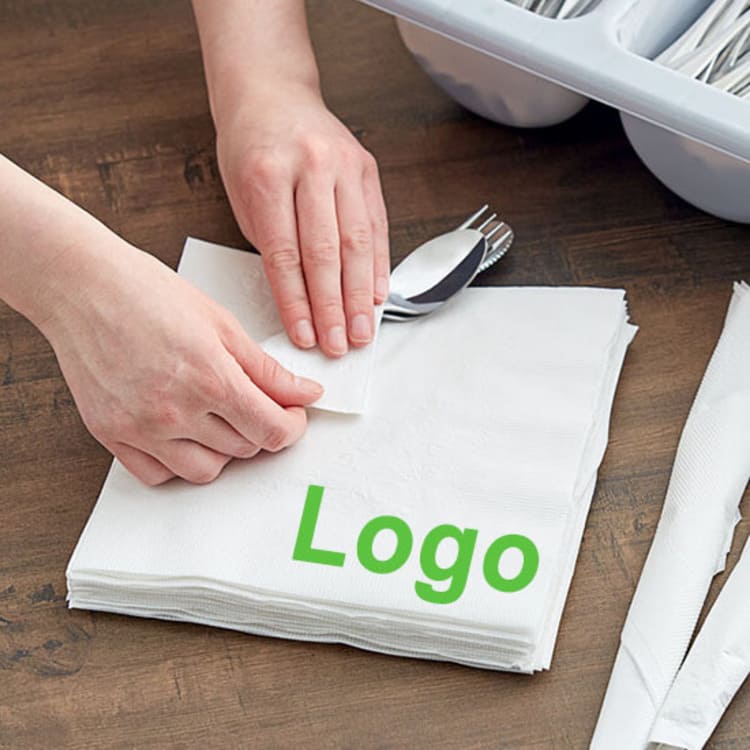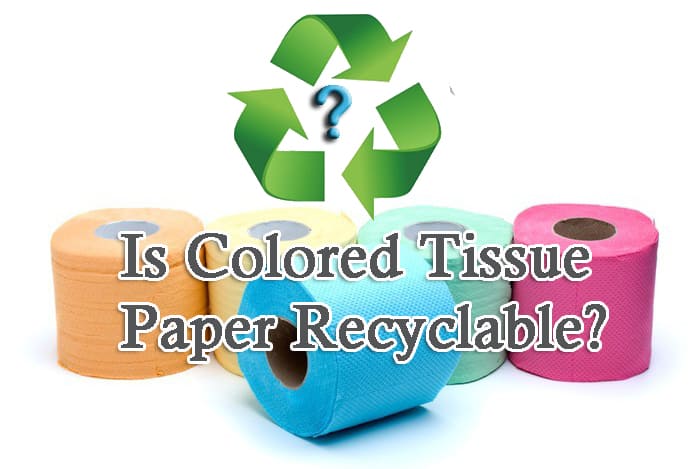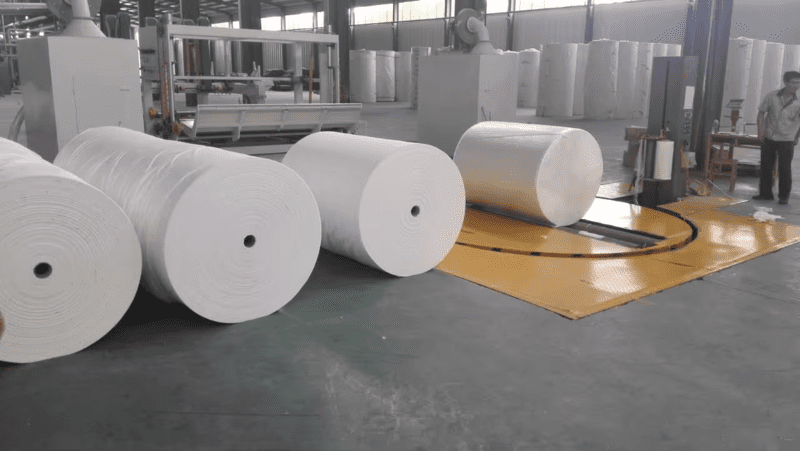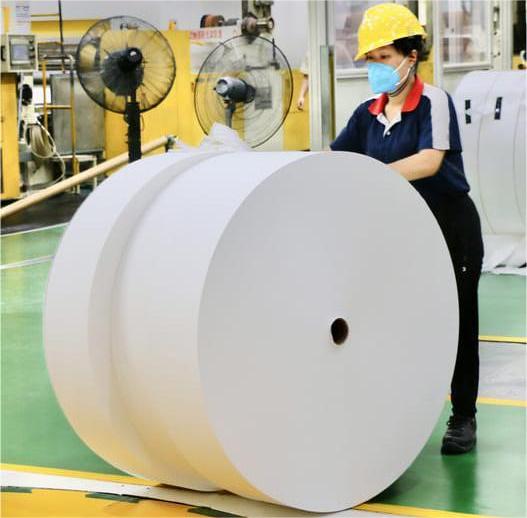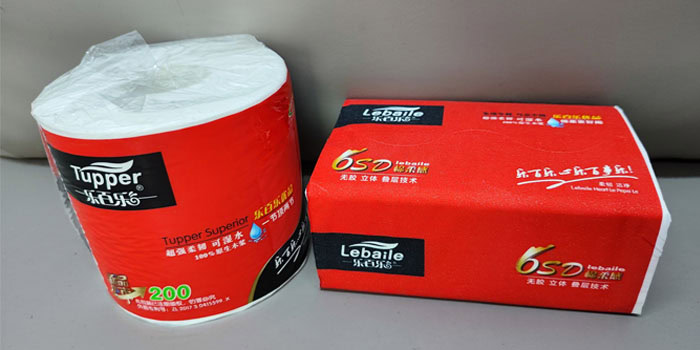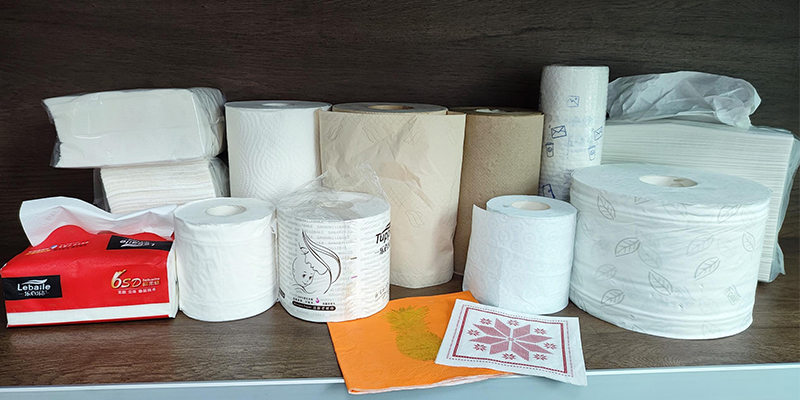What Are The Differences Between The Parent Rolls Used For Converting Toilet Tissue And Facial Tissue?
Tissue products are paper-based products that are used for personal hygiene, such as wiping, blowing, or cleaning various body parts. Tissue products are essential for human health and hygiene, as they help prevent the spread of germs and diseases. Tissue paper products include toilet tissue, facial tissue, tissue napkins, and hand towels. These tissue products are converted from tissue parent rolls, which are large rolls of tissue paper that are produced by paper mills. Tissue parent reels are an important part of the tissue industry, as they determine the quality, cost, and sustainability of the final products.
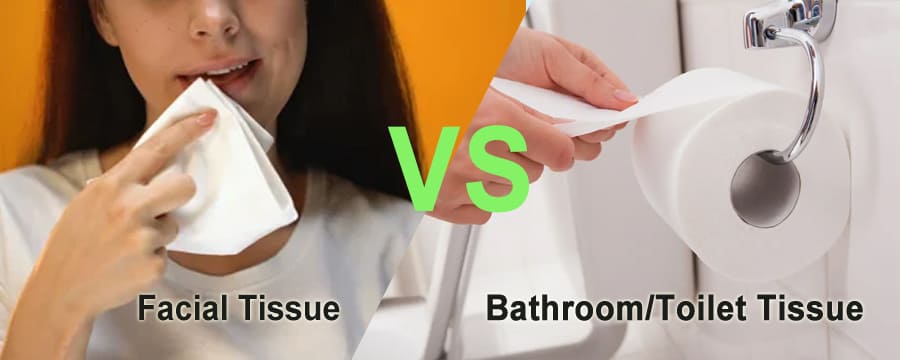
The main types of tissue paper parent rolls are virgin wood (mechanical) pulp and recycled paper. Virgin wood pulp is made from wood fibers that are mechanically separated and refined, while recycled tissue paper is made from recycled paper that is deinked and pulped. The choice of tissue parent roll depends on various factors, such as customer preferences, production costs, quality standards, and environmental regulations.
Refer to Toilet Tissue And Facial Tissue, What are their characteristics, conversion processes, product features, and market demand. And what are their advantages and disadvantages in terms of cost, quality, environmental impact, availability, comfort, performance, and sustainability.
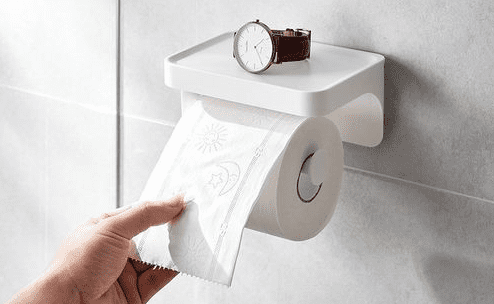
Toilet Tissue
Toilet tissue is a type of tissue product that is used for personal hygiene after defecation or urination. And it’s called bathroom tissue sometimes. Toilet tissue has to be soft, strong, absorbent, and biodegradable, as it comes into contact with sensitive body parts and is flushed down the toilet.
Toilet tissue is converted from tissue parent rolls by rewinding, perforating, cutting, and packaging. Rewinding is the process of unwinding the tissue mother roll and winding it onto a smaller core with a desired diameter and length. Perforating is the process of creating small holes along the length of the roll to facilitate tearing. Cutting is the process of cutting the roll into smaller pieces with a desired width. Packaging is the process of wrapping the roll with a protective material, such as plastic or paper.
The advantages and disadvantages of using virgin wood pulp or recycled paper for toilet tissue parent rolls are:
- Virgin wood pulp is generally cheaper than recycled paper, as it does not require deinking and bleaching. However, virgin wood pulp has lower quality than recovered paper, as it has more impurities, lower brightness, and lower softness. virgin wood pulp also has a higher environmental impact than recycled paper, as it consumes more water, energy, and wood resources.
- recycled paper has higher quality than virgin wood pulp, as it has fewer impurities, higher brightness, and higher softness. Recovered paper also has a lower environmental impact than virgin wood pulp, as it reduces waste generation, greenhouse gas emissions, and deforestation. However, recycled paper is more expensive than virgin wood pulp, as it requires deinking and bleaching. Moreover, recycled paper may have limited availability depending on the supply and demand of recycled paper.
According to a report of global tissue paper market by [Global Industry Analysts], the global market for toilet tissue was valued at $31.9 billion in 2020 and is expected to grow at a compound annual growth rate of 4.2% from 2020 to 2027. The report also states that the demand for toilet tissue is influenced by factors such as population growth, urbanization, income levels, consumer awareness, and hygiene standards.
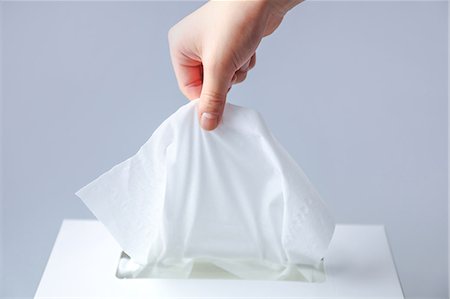
Facial tissue
Facial tissue is a type of tissue product that is used for wiping or blowing the nose or face. Facial tissue has to be smooth, gentle, thick, and hygienic, as it comes into contact with delicate facial skin and mucous membranes.
Facial tissue paper is converted from tissue base rolls by calendering, embossing, folding, and boxing. Calendering is the process of passing the parent roll through heated rollers to smoothen and compress the paper. Embossing is the process of creating patterns or designs on the paper to enhance its appearance and texture. Folding is the process of folding the paper into interlocking sheets or stacks. Boxing is the process of putting the folded sheets or stacks into a cardboard box or dispenser.
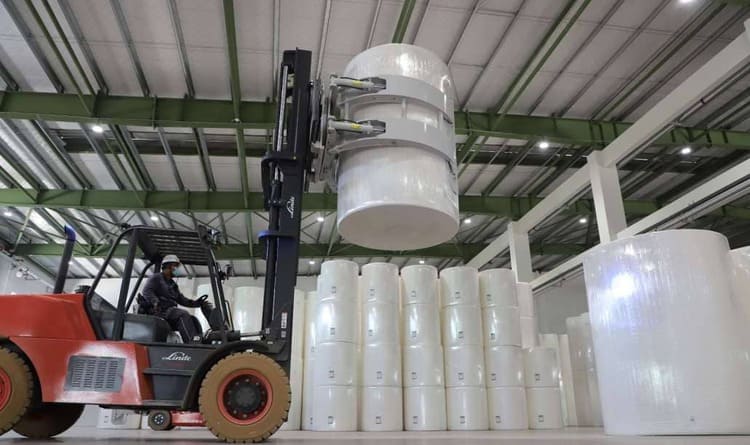
The advantages and disadvantages of using Virgin wood pulp or recycled paper for facial tissue parent rolls are:
- Virgin wood pulp is generally more comfortable than recycled paper, as it has softer and smoother fibers that do not irritate the skin. However, virgin wood pulp has lower performance than recycled paper, as it has less strength, absorbency, and thickness. Virgin wood pulp also has lower sustainability than recycled paper, as it consumes more water, energy, and wood resources.
- Recycled paper has higher performance than virgin wood pulp, as it has more strength, absorbency, and thickness. Recovered paper also has higher sustainability than virgin wood pulp, as it reduces waste generation, greenhouse gas emissions, and deforestation. However, recycled paper may be less comfortable than virgin wood pulp, as it may have coarser and rougher fibers that may irritate the skin. Moreover, recycled paper may have limited supply depending on the availability and quality of recycled paper.
According to a report by [Grand View Research], the global market for facial tissue was valued at $12.4 billion in 2019 and is expected to grow at a compound annual growth rate of 5.3% from 2020 to 2027. The report also states that the demand for facial tissue is influenced by factors such as consumer preferences, lifestyle trends, health awareness, and product innovations.
Comparison and contrast
The main similarities and differences between the tissue parent rolls used for toilet tissue and facial tissue are:
- Both types of parent rolls are made from either virgin wood pulp or recycled paper.
- Both types of parent rolls have different characteristics that affect their conversion processes and product features.
- Both types of parent rolls have different advantages and disadvantages depending on their cost, quality, environmental impact, availability, comfort, performance, and sustainability.
- The choice of parent roll for different tissue products depends on various factors such as customer preferences, production costs, quality standards, and environmental regulations.
The key factors that influence the choice of parent roll for different tissue products are:
- Customer preferences: Customers may have different preferences for the softness, smoothness, thickness, brightness, color, fragrance, pattern, or design of the tissue products. For example, some customers may prefer white and plain toilet tissue, while others may prefer colored and embossed facial tissue.
- Production costs: Producers may have different costs for acquiring, processing, converting, and transporting the parent rolls. For example, some producers may have lower costs for using Virgin wood pulp due to its abundance and accessibility, while others may have lower costs for using recycled paper due to its lower tax rate and subsidy.
- Quality standards: Producers may have to meet different quality standards for the tissue products depending on the market regulations and consumer expectations. For example, some producers may have to meet higher quality standards for facial tissue due to its direct contact with the face, while others may have to meet lower quality standards for toilet paper due to its disposable nature.
- Environmental regulations: Producers may have to comply with different environmental regulations for the parent rolls of tissue paper depending on the government policies and social responsibility. For example, some producers may have to use more recycled paper due to its lower environmental impact and higher sustainability, while others may have to use less recycled paper due to its higher contamination risk and lower hygiene.

